Diisopropanolamine
Synonym(s):1,1′-Iminodi-2-propanol;1,1-Iminodi-2-propanol;Diisopropanolamine;Diisopropanolamine, Bis(2-hydroxypropyl)amine
- CAS NO.:110-97-4
- Empirical Formula: C6H15NO2
- Molecular Weight: 133.19
- MDL number: MFCD00004531
- EINECS: 203-820-9
- SAFETY DATA SHEET (SDS)
- Update Date: 2025-12-17 09:50:35

What is Diisopropanolamine?
Chemical properties
clear colorless liquid after melting
Chemical properties
Diisopropanolamine is a corrosive, hygroscopic solid (18, 139).
The Uses of Diisopropanolamine
Bis(2-hydroxypropyl)amine (Diisopropanolamine) is used to study its effects upon choline uptake and phospholipid synthesis in Chinese hamster ovary (CHO) cells. It is a versatile chemical that is widely used as an emulsifier, stabilizer, surfactant, and chemical building block. It can neutralize pH, act as a buffer (stabilize pH), or add basicity (alkalinity) to a solution. Major applications include personal care products, metalworking products, and natural gas purification. Diisopropanolamine is also used in coatings, paint strippers, paper, photographic intermediates, plastics, polyurethanes, and textiles. It is frequently used to neutralize fatty acids and sulfonic acidbased surfactants.
The Uses of Diisopropanolamine
Diisopropanolamine was used to study its effects upon choline uptake and phospholipid synthesis in Chinese hamster ovary (CHO) cells
The Uses of Diisopropanolamine
Emulsifying and neutralizing agent in cosmetics. Removal of H2S and CO2 from natural and industrial gases. Antimicrobial agent in cutting fluids.
Definition
ChEBI: Diisopropanolamine is a secondary amino compound that is diethanolamine substituted by methyl groups at positions 1 and 1'. It is a versatile chemical used in a variety of personal care, cosmetic and industrial products. It has a role as a surfactant, an emulsifier and a buffer. It is a secondary amino compound, a secondary alcohol and an aminodiol. It is functionally related to a 1-aminopropan-2-ol.
General Description
Colorless liquid or white to yellow crystalline solid with an odor of dead fish or ammonia. Liquid floats and mixes with water. Solid sinks and mixes in water.
Air & Water Reactions
Water soluble.
Reactivity Profile
Diisopropanolamine is an aminoalcohol. Amines are chemical bases. They neutralize acids to form salts plus water. These acid-base reactions are exothermic. The amount of heat that is evolved per mole of amine in a neutralization is largely independent of the strength of the amine as a base. Amines may be incompatible with isocyanates, halogenated organics, peroxides, phenols (acidic), epoxides, anhydrides, and acid halides. Flammable gaseous hydrogen is generated by amines in combination with strong reducing agents, such as hydrides. Diisopropanolamine may be sensitive to light and air. Diisopropanolamine will react with oxidizing materials.
Health Hazard
Vapor concentrations too low to irritate unless exposure is prolonged. Liquid will burn eyes and skin.
Fire Hazard
Diisopropanolamine is combustible.
Flammability and Explosibility
Non flammable
Chemical Reactivity
Reactivity with Water No reaction; Reactivity with Common Materials: No reaction; Stability During Transport: Stable; Neutralizing Agents for Acids and Caustics: Flush with water; Polymerization: Not pertinent; Inhibitor of Polymerization: Not pertinent.
Purification Methods
Crystallise the amine repeatedly from dry diethyl ether. [Beilstein 4 III 761.]
Properties of Diisopropanolamine
| Melting point: | 42-45 °C(lit.) |
| Boiling point: | 249-250 °C745 mm Hg(lit.) |
| Density | 1.004 g/mL at 25 °C(lit.) |
| vapor pressure | 0.02 hPa (20 °C) |
| refractive index | 1.4615-1.4635 |
| Flash point: | 260 °F |
| storage temp. | Store below +30°C. |
| solubility | H2O: miscible |
| form | Low Melting Solid |
| pka | 14.54±0.20(Predicted) |
| Specific Gravity | 0.99 |
| color | Colorless to light yellow |
| Odor | Fishy; ammoniacal. |
| PH | 11.4 (100g/l, H2O, 20℃) |
| explosive limit | 1.6-8.0%(V) |
| Water Solubility | 870 G/L (20 ºC) |
| Sensitive | Air Sensitive & Hygroscopic |
| Merck | 14,3195 |
| BRN | 605363 |
| Stability: | Hygroscopic |
| CAS DataBase Reference | 110-97-4(CAS DataBase Reference) |
| NIST Chemistry Reference | Diisopropanolamine(110-97-4) |
| EPA Substance Registry System | Diisopropanolamine (110-97-4) |
Safety information for Diisopropanolamine
| Signal word | Warning |
| Pictogram(s) |
 Exclamation Mark Irritant GHS07 |
| GHS Hazard Statements |
H319:Serious eye damage/eye irritation |
| Precautionary Statement Codes |
P264:Wash hands thoroughly after handling. P264:Wash skin thouroughly after handling. P280:Wear protective gloves/protective clothing/eye protection/face protection. P305+P351+P338:IF IN EYES: Rinse cautiously with water for several minutes. Remove contact lenses, if present and easy to do. Continuerinsing. P337+P313:IF eye irritation persists: Get medical advice/attention. |
Computed Descriptors for Diisopropanolamine
Diisopropanolamine manufacturer
JSK Chemicals
New Products
4,4-Difluoropiperidine hydrochloride tert-butyl 9-methoxy-3-azaspiro[5.5]undecane-3-carboxylate Indole Methyl Resin N-Isopropylurea N,N-Dicyclohexylcarbodiimide(DCC) MELDRUMS ACID 5-METHYLISOXAZOLE-4-CARBOXYLIC ACID Magnessium Bis glycinate Zinc ascorbate 1-bromo-2-butyne 2-acetamidophenol 9(10H)-anthracenone Erythrosin B, 4-Piperidinopiperidine 2-((4-morpholinophenylamino) (methylthio) methylene) malononitrile 2,4-dihydroxybenzaldehyde 3-(4-morpholinophenylamino)-5-amino-1H-pyrazole-4-carbonitrile Methyl 2-methylquinoline-6-carboxylate 2,6-dichloro-4-nitropyridine 4-Bromo-2-chlorobenzonitrile 2-(benzylamino)acetic acid hydrochloride 4-(tert-Butoxycarbonylamino)but- 2-ynoic acid 3,4-dihydro-2H-benzo[b][1,4]dioxepine 1-Phenyl-1-cycloprppanecarboxylicacidRelated products of tetrahydrofuran
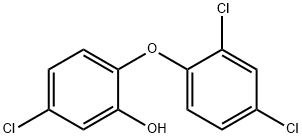

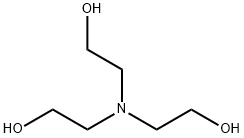


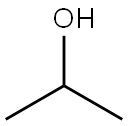
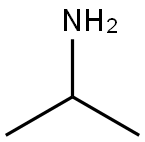

You may like
-
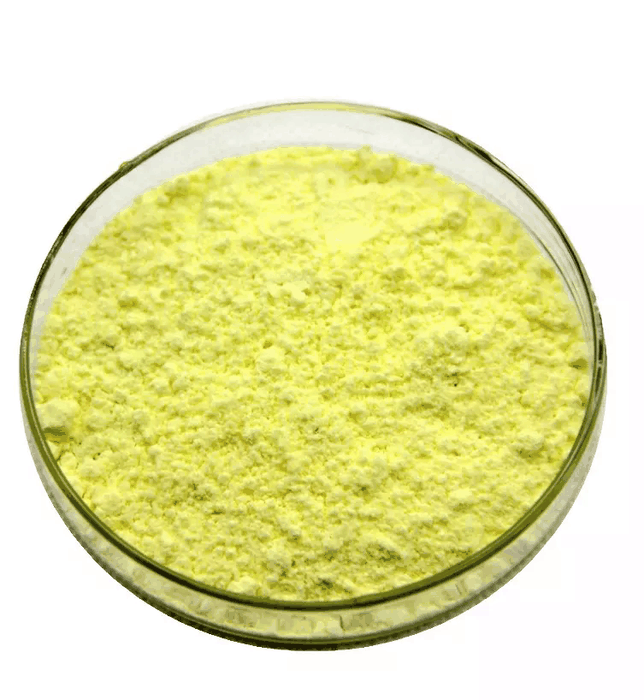 Diisopropanolamine 99%View Details
Diisopropanolamine 99%View Details -
 110-97-4 Diisopropanolamine 99%View Details
110-97-4 Diisopropanolamine 99%View Details
110-97-4 -
 Diisopropanolamine (DL- and meso- mixture) CAS 110-97-4View Details
Diisopropanolamine (DL- and meso- mixture) CAS 110-97-4View Details
110-97-4 -
 Diisopropanolamine CASView Details
Diisopropanolamine CASView Details -
 Diisopropanolamine 95% CAS 110-97-4View Details
Diisopropanolamine 95% CAS 110-97-4View Details
110-97-4 -
 1,1-Iminodi-2-propanol CAS 110-97-4View Details
1,1-Iminodi-2-propanol CAS 110-97-4View Details
110-97-4 -
 Bis(2-hydroxypropyl)amine CAS 110-97-4View Details
Bis(2-hydroxypropyl)amine CAS 110-97-4View Details
110-97-4 -
 Diisopropanolamine CAS: 110-97-4View Details
Diisopropanolamine CAS: 110-97-4View Details
110-97-4
